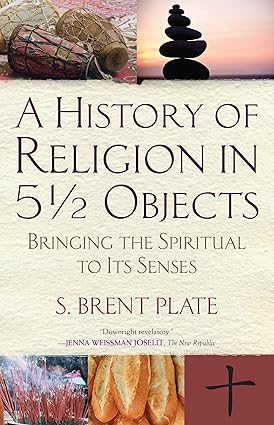 |
| I checked out They Poisoned the World from the local Laurel County Public Library. |
This is a book that you must read - but also must not read. Because it will shake you. It is a horror story going on all around us and even within us. Even though most of us are aware of harmful chemicals and some of the problems with plastics, Blake exposes and explains the rippling dimensions of this crisis.
The Washington Post called it "Blake’s deft chronicle of one of the greatest moral scandals of our time." True enough, but this misses the deeper point that it is more than a "moral" scandal - the manufacture and proliferation of these chemicals -in secret and hidden from public knowledge and regulatory oversight - has altered all life on earth, interfering with and altering metabolic processes for all organic living beings, and contaminating soil and water globally at a molecular level.
It is not just a moral scandal - though it is that. It is a global catastrophe that literally turns the fundamental realities of life on earth - soil, water, food - into poison. It is a betrayal of the covenant and circle of life. Every human being and animal on the planet has these chemicals in their blood.
Blake is an amazing investigative journalist. She conducted over 600 interviews for the book. That means the book is filled with names, dates, events, and well-documented with sources. She keeps the footnotes to a minimum, but there are plenty of endnotes documenting the case of the global exposure to these chemicals and the massive industry cover-up of their health effects.
The "They" in the title are the chemical manufacturers - huge multinational corporations like DuPont, 3M, and Saint-Gobain. These companies manufacture types of "forever" chemicals that don't break down in the environment at all, "meaning that every molecule of the chemical that is produced would linger on the planet for millenia" (87). There are thousands of these chemicals that are completely unregulated and untested, in fact "the vast majority of the 80,000 plus chemicals circulating in the United States today have never undergone any form of safety testing" (81). Blake focuses on one class of chemicals: per- and polyfluoroalkyl substances, PFAS - of which the most notorious are known as PFOA and PFOS, used to make Teflon and Gore-tex. These companies not only produce these chemicals but make many products containing them. Their proliferation in the environment is virtually unpreventable and they are "biological dynamite" linked to numerous illnesses "including cancer, heart disease, infertility and declining sperm counts (104), early puberty, reduced IQ, ad neurological disorders like ADHD" (xii) and PFOA is specifically linked to kidney, testicular, and breast cancers, ulcerative colitis, high cholesterol, birth defects, and more.
At every turn, these companies intentionally hid the data linking these chemicals to widespread fatal health effects, even while expanding production putting millions in harm's way, and manipulated the science to order to continue raking in massive profits (109). "What began as a cover-up between two U.S. companies, DuPont and 3M, had morphed into a global conspiracy of silence involving dozens of major corporations" (122).
The book is also the story of brave grassroots activists - primarily the people who experienced the debilitating health effects of these chemicals - whole communities rocked by epidemics of cancer - and fought back. Blake tells the stories of several of these "accidental activists" and writes:
Most of the improbable victories that have occurred so far were brought about by people in places like Hoosnick Falls who dared to take on some of the world's most powerful corporations, often at great personal cost. People who fought to protect everything they held dear by filing lawsuits, holding protests, speaking out in the media, and demanding action from political leaders. (228-29)
Some of these activists were Appalachians. One of the major sites of contamination was Parkersburg, West Virginia, a town of 30,000 on the Ohio River where DuPont had a plant. Blake recounts the amazing story of local people who not only won a major lawsuit, but also coordinated an enormously successful community health study that "assembled one of the largest, most detailed pools of data ever collected during a single health study" allowing scientists to correlate "PFOA exposure with particular diseases." As the study leader later said, "These hillbillies threw a rock in DuPont's machine" (128).
There is no happy ending here. In the epilogue, Blake describes how new forever chemicals are taking the place of PFOA. One in particular, trifluoroacetic acid, TFA, is even more widespread, more difficult to filter out of drinking water, and just as dangerous. A recent study by Emory University showed that TFA levels in Indiana homeowners' blood was higher than levels of PFOA at its peak (221).
It is hard not to be pessimistic, even fatalistic in the face of what Blake writes. In a world where exposure is inevitable, what can you do? Blake advises keeping up the fight - private citizens who arm themselves with knowledge and organize to demand justice.
On a personal note, in 2024 the EPA set binding standards for PFOA and PFOS in drinking water at 4 parts per trillion (ppt). I looked at the latest drinking water data from Corbin Utilities, which supplies the water my family and friends drink\. The report shows PFOA averaging at 4.13 ppt and some of the other PFAS at slightly higher levels. You can find the Corbin Utilities report linked here.













